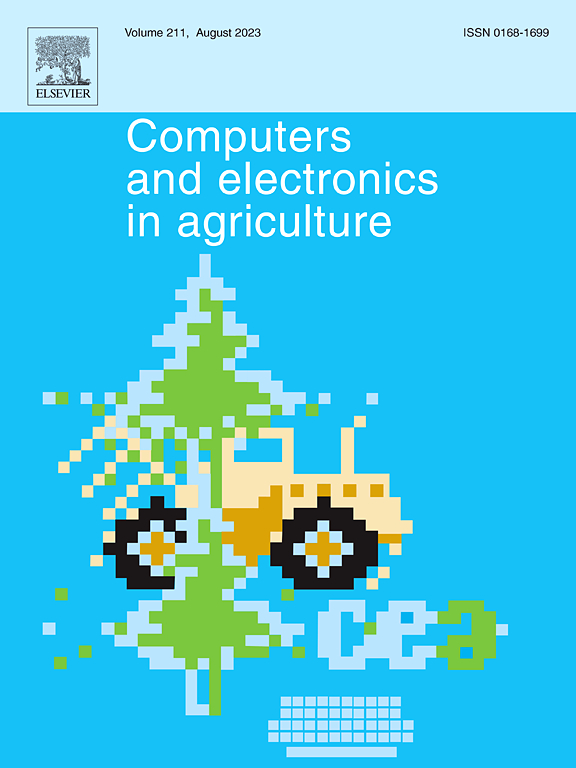Shrimp larvae detection and counting in aquaculture using multiscale feature fusion networks
IF 7.7
1区 农林科学
Q1 AGRICULTURE, MULTIDISCIPLINARY
引用次数: 0
Abstract
Accurate detection and counting of shrimp larvae are essential for effective management and optimization of shrimp aquaculture systems. However, existing methods often fail in high-density environments, where larvae exhibit significant size variations and overlap, leading to high error rates and reduced applicability in real-world scenarios. To address these challenges, we propose a novel framework that integrates size-adaptive density map generation with a multiscale feature fusion network (MFFN), specifically designed for the dense and complex conditions of aquaculture.
The proposed approach dynamically adjusts density map generation based on the varying sizes of shrimp larvae within an image, improving precision and enhancing detection accuracy. Simultaneously, the MFFN architecture extracts critical features across multiple scales, enabling the model to accurately detect and count larvae even in crowded scenes with significant occlusion. By combining these techniques, the framework demonstrates superior adaptability and robustness across diverse aquaculture environments.
Extensive evaluations on a comprehensive shrimp larvae dataset show that our method achieves a detection accuracy of 93.68, significantly outperforming traditional approaches. The model also reduces error rates and improves precision and recall metrics, with visual results showcasing its ability to distinguish and accurately count larvae of varying sizes. This work provides a valuable solution for automated shrimp larvae monitoring, supporting sustainable aquaculture practices. Future research will explore broader applications of the model and further refinements for enhanced scalability.
求助全文
约1分钟内获得全文
求助全文
来源期刊

Computers and Electronics in Agriculture
工程技术-计算机:跨学科应用
CiteScore
15.30
自引率
14.50%
发文量
800
审稿时长
62 days
期刊介绍:
Computers and Electronics in Agriculture provides international coverage of advancements in computer hardware, software, electronic instrumentation, and control systems applied to agricultural challenges. Encompassing agronomy, horticulture, forestry, aquaculture, and animal farming, the journal publishes original papers, reviews, and applications notes. It explores the use of computers and electronics in plant or animal agricultural production, covering topics like agricultural soils, water, pests, controlled environments, and waste. The scope extends to on-farm post-harvest operations and relevant technologies, including artificial intelligence, sensors, machine vision, robotics, networking, and simulation modeling. Its companion journal, Smart Agricultural Technology, continues the focus on smart applications in production agriculture.
 求助内容:
求助内容: 应助结果提醒方式:
应助结果提醒方式:


